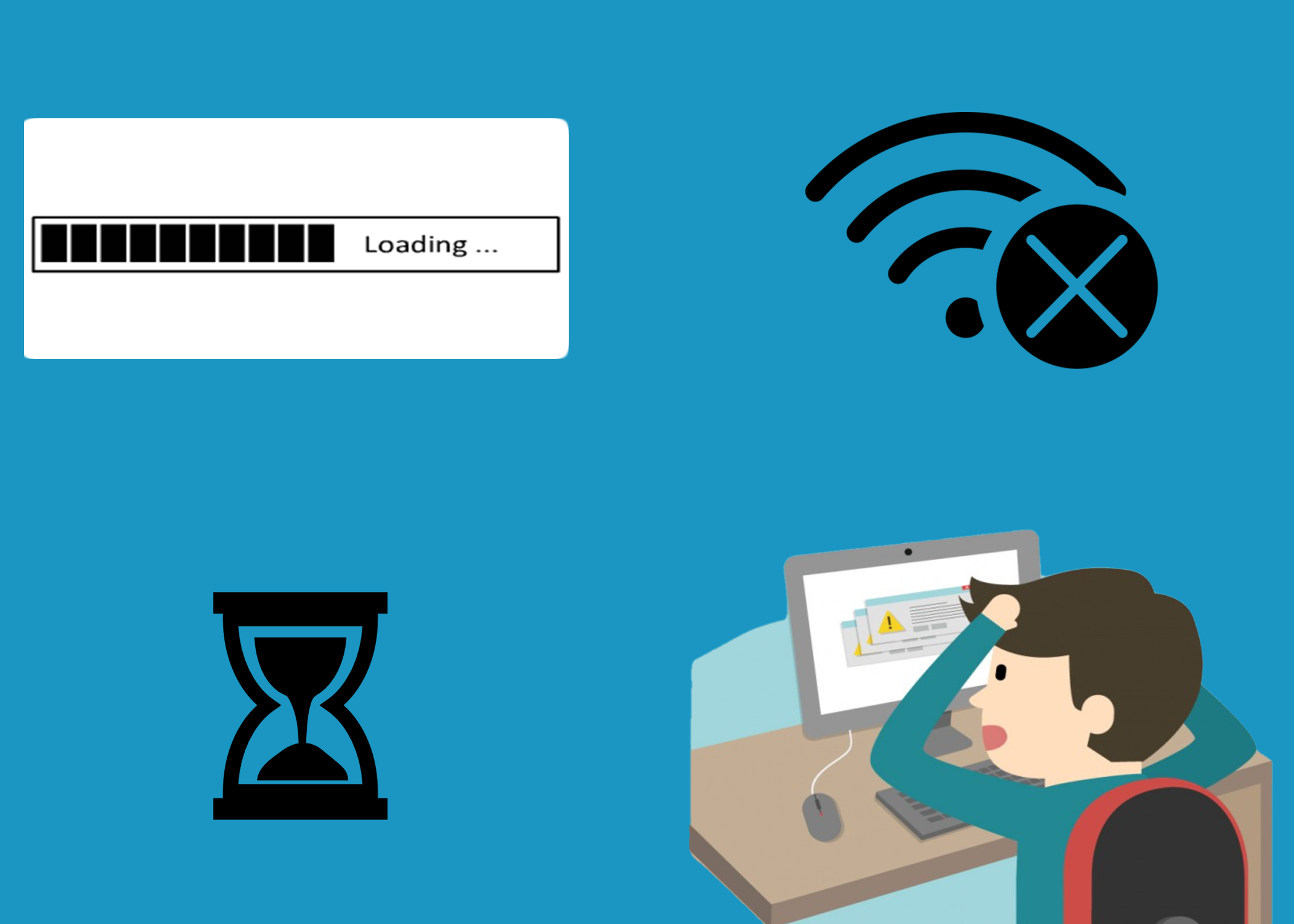Consider the following to increase Wi-Fi performance. Photo by Andrea Espinoza.
By Andrea Espinoza, Staff Reporter
Bad internet connection seems to be the No. 1 thing that most people can say is their biggest tech problem. When the Wi-Fi doesn’t work, our entire lives come to a standstill. Due to the COVID-19 pandemic, many find themselves working and learning remotely. Here are some helpful tips on how to obtain a more stable Wi-Fi connection.
- Keep it central
Finding the perfect spot in your home for your router can be challenging, but it’s best to avoid placing your router in a corner.
Mahabub Alam, associate director of the infrastructure services of the Division of Information Technology at California State University, Dominguez Hills had this suggestion as well, “it is also important to stay as close as possible to either your MiFi device or wireless device to have a strong internet connection.”
Physically moving your router into the perfect spot will not only increase your internet speed but it’ll also increase how far the wireless transmission can reach.
- Cut it out
Another tip to increase your Wi-Fi connection is eliminating unnecessary devices. Having multiple devices connected to your Wi-Fi at once can affect the speed of your internet.
“When you have multiple devices competing for your bandwidth, so I would suggest turning off as many devices as possible that may use your Wi-Fi. That will boost your Wi-Fi signal,” Farhad Mansouri service director of the Division of Information Technology at California State University, Dominguez Hills.
This can be difficult for a household that may need to connect multiple devices to their Wi-Fi at once. One option could be to have a schedule for the household, that way there could be some regulation of Wi-Fi use.
Alternatively, securing your Wi-Fi network will help keep unwelcome users off your network. Consider designating a password to secure your Wi-Fi and changing the password every so often can help keep things protected. This can help keep out any outside interferences.
- Help is Out There
Internet connection is needed in every household for work and school. Getting your hands on a solid internet connection can be costly. Set up fees and monthly charges can rise into the triple digits.
Fortunately, programs are available to help those who can’t afford reliable internet access or those who are trying to remain within a budget.
Since the COVID-19 pandemic has forced everyone to attend school and work remotely, there has been an outpour of support.
Companies like AT&T, Charter Spectrum, and Verizon all have created programs designed to provide internet access to those low-income families at an affordable rate.
Universities have also offered technology resources to ensure students that need assistance can be successful. “If the students need internet access at home and it’s not provided at home and for some reason they can’t afford it, actually IT provides Mi-Fi devices free of charge as a loaner to students for as long as the student needs,” said Mansouri.
Included are technology loaner programs, virtual lab hours, and Mi-Fi devices.
- Broaden your horizons
Purchasing a Wi-Fi wireless extender can help lengthen the range of your wireless signal by re-broadcasting your original signal. They are used to cover the “dead zones” in your home. The best location for your wireless extender would be by placing the device mid-way between your router and where your wireless coverage starts to drop.
Alternatively, purchasing a mesh wireless router can also help. The next-generation of mesh routers are designed to spread Wi-Fi network coverage.
The system comes with two to three separate units that use multiple access points or satellites that work together to surround your home or office with continuous Wi-Fi coverage.
There is no need for separate network adjusting or continuous network jumping when you use a wireless mesh router.
- When all else fails, upgrade it.
The last resort to fix annoying Wi-Fi would be to invest in a new router, these can range from $60 and can go up to $500.
There are advantages to purchasing a brand new router. Older routers may not support the bandwidth-preserving features, automatic channel switching, or quality of service.
When browsing for a new wireless router, the first thing you may want to look at is the size of the area you are looking to cover. It’s important to consider what you’re using your Wi-Fi for, that way you don’t end up over spending on features you’re never going to use.
Choosing the router to best fit your needs can be daunting, luckily articles like these can make it a little easier. Purchasing a new router with the state-of-the-art management capabilities can make a significant difference.


